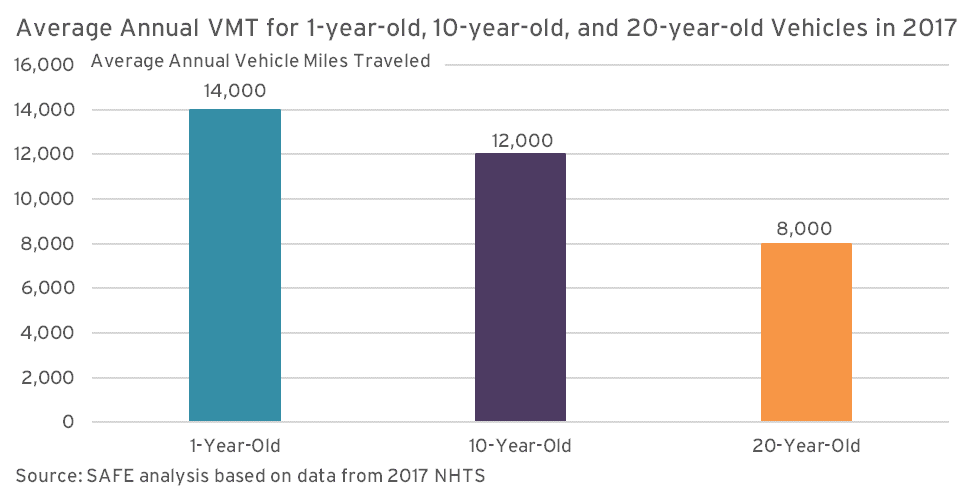

age-related macular degeneration, retinal vein occlusion, diabetic macular edema) (i) Concurrent: Associated with other macular abnormalities (e.g.
Vmt meaning full#
(v) Absence of full thickness interruption of all retinal layersįoveal pseudocyst, macular thickening, retinal capillary leakage (typically isolated VMT alone does not cause leak on fluorescein angiography), macular schisis, cystoid macular edema, (iv) Presence of changes in foveal contour or retinal morphology (distortion of foveal surface, intraretinal structural changes such as pseudocyst formation, elevation of fovea from the retinal pigment epithelium (RPE), or a combination of any of these three features) Stage 0 (Other eye should have full thickness macular hole) (iv) Absence of changes in foveal contour or retinal morphology (iii) Acute angle between posterior hyaloid and inner retinal surface (ii) Persistent vitreous attachment to the macula within a 3-mm radius from the center of the fovea (i) Partial vitreous detachment as indicated by elevation of cortical vitreous above the retinal surface in the perifoveal area The following must be present on at least one OCT B-scan image: Recently, OCT-based anatomic definitions and classifications have been proposed by the International Vitreomacular Traction Study Group to define these entities as below: Ĭorresponds to full thickness macular hole (FTMH) stage: Vitreomacular adhesion (VMA) and vitreomacular traction (VMT) are two of the many entities along the spectrum during the course of an incomplete posterior vitreous detachment, also referred to as anomalous PVD. Optical coherence tomography (OCT) has allowed better understanding and visualization of the vitreomacular interface. confirmed ‘vitreomacular traction syndrome’ and showed partially detached posterior hyaloid with persistent attachment to the internal limiting membrane (ILM) in the foveal region. studied macular changes in VMT and reported Irvine’s and Jaffe’s descriptions as parts of a spectrum of disease, with aphakia predisposing to more severe changes via additional traction. The condition he described mostly affected phakic patients, lacked multicystic macular lesions and fluorescein leakage, and demonstrated vitreoretinal adherence - features differentiating it from Irvine’s syndrome. In 1967, Jaffe described ‘vitreoretinal traction syndrome’ in 14 patients as a distinct entity. In 1953, Irvine described a vitreous tug syndrome caused by vitreous incarceration at the corneal wound site following intra- and extra- capsular cataract extraction leading to cystoid macular edema (CME) from vitreomacular traction. (iii) anteroposterior traction exerted by the syneretic vitreous pulling at adherent sites on the macula causing morphologic and often functional effects. (ii) an abnormally strong adherence of the posterior hyaloid face to the macula and (i) an incomplete posterior vitreous detachment (PVD), Vitreomacular traction (VMT) syndrome is a disorder of the vitreo-retinal interface characterized by: H43.829 Vitreomacular adhesion, unspecified eye.H43.823 Vitreomacular adhesion, bilateral.H43.822 Vitreomacular adhesion, left eye.H43.821 Vitreomacular adhesion, right eye.379.27 Vitreomacular adhesion or Vitreomacular traction.International Classification of Disease (ICD)


 0 kommentar(er)
0 kommentar(er)
